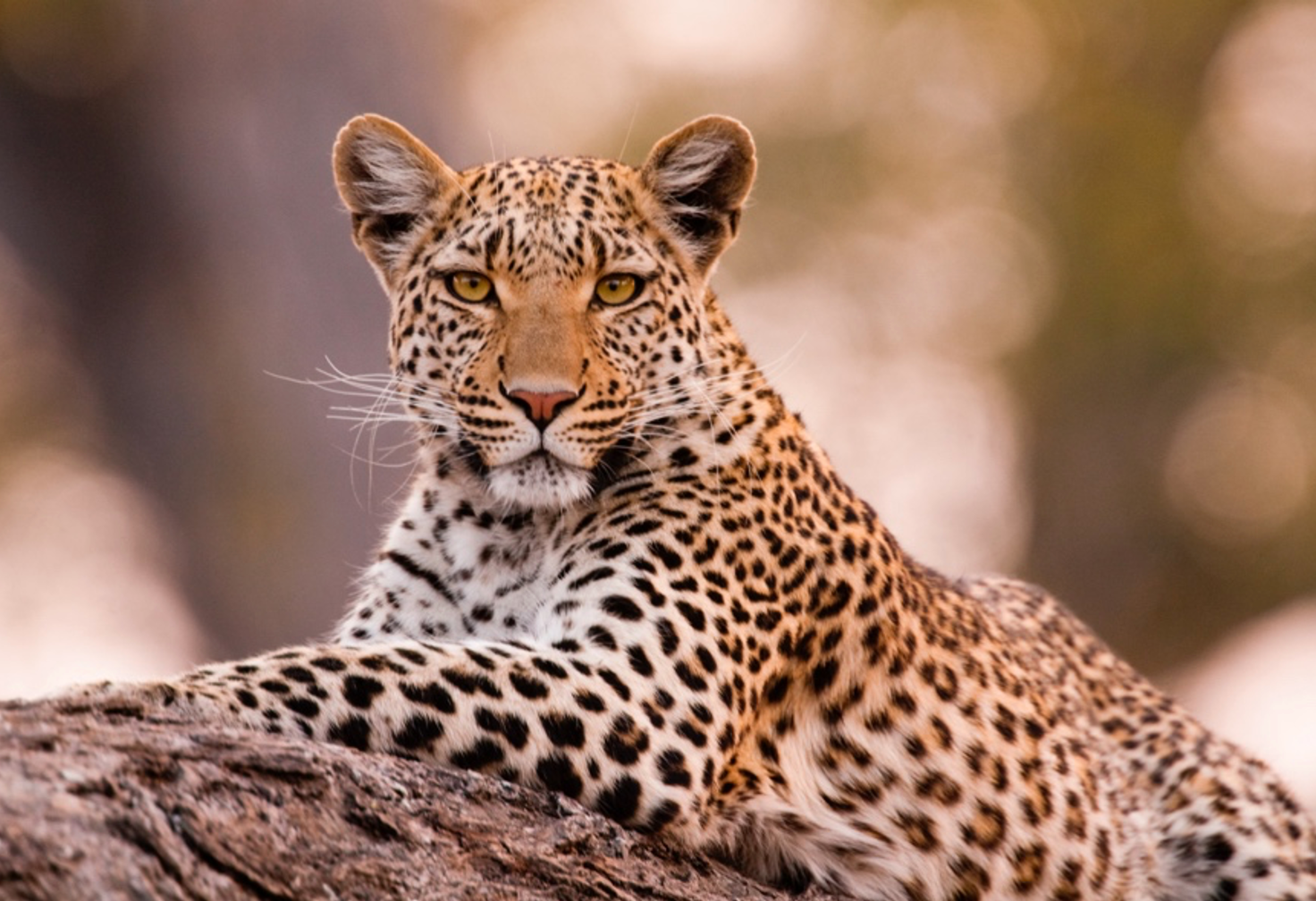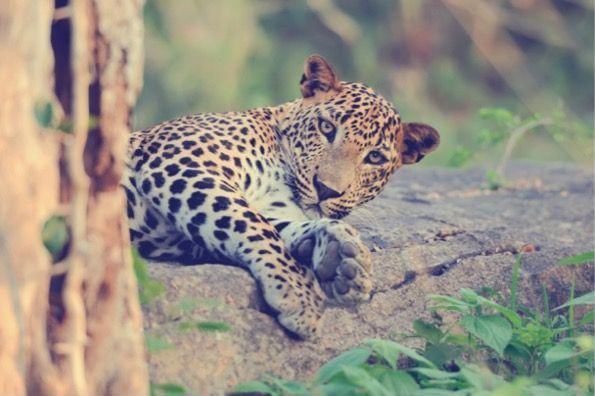The Illusive Leopard and where to spot them

I’ve seen leopards with a heavy presence in African countries such as Zambia, Botswana, South Africa, Kenya, and Tanzania.
However, it is not easy to spot leopards because they’re very shy animals and usually keep to themselves. Also, they spend most of their time sleeping during the day and are active at night when hunting prey.
South Luangwa National Park in Zambia has one of the highest populations of leopards in Africa. The woodlands and river plains of this beautiful wildlife sanctuary are the best places to spot these elegant creatures, as well as other wildlife including lions, wildebeest, giraffes, crocodiles, and hippos. I love seeing them all!
Other great places to see leopards would be in Masai Mara National Park in Kenya. Here, leopards are seen almost every day on game drives, very close up. The vehicles are in radio contact to call in sightings, and they are allowed to drive off road to track the animals and follow them into the bush. (There’s good and bad to that scenario; good; yes, you get a closer view of wildlife, bad in the interim; flora and fauna can accidentally be destroyed due to the vehicles driving in the bush and the need to sometimes chop branches out of the way to closer etc.

However, it must be said that there are rules and regulations that guides are strictly enforced to follow such as adhering wildlife from a respectful distance without infringes upon the animal’s well-being and allowing for as little interference/disturbance as possible.
Did you know? Wild populations of African leopards are declining? Leopards are threatened by habitat loss and fragmentation, human persecution, illegal wildlife trade, ceremonial use of skins, prey base declines and poorly managed trophy hunting. Leopard populations in Asia and northern Africa are listed as “endangered” under the Endangered Species Act…AND….The United States is the world's biggest importer of African leopard hunting trophies!
Connect with wildlife organizations that are working with communities to institute preventative measures to protect livestock from predation. In Tanzania, AWF builds bomas for communities living near carnivores. These are predator-proof enclosures keep livestock safe from carnivores. By taking proactive steps we can prevent both livestock and carnivore deaths.
1. Support Predator-Proof Enclosures: You can donate to or volunteer with organizations that build predator-proof enclosures. These enclosures are crucial in protecting livestock from carnivores and, in turn, preventing retaliatory killings of these animals. You can find organizations that work on such projects and contribute your time or resources to their efforts.
2. Educate Local Farmers: Get involved in educational programs aimed at teaching local farmers about the importance of coexisting with wildlife and implementing measures to protect their livestock. This could involve volunteering with or supporting organizations that provide such training to farmers.
3. Support Initiatives like Furs for Life: Furs for Life is an organization working to reduce the demand for animal pelts from African religious groups. You can support their initiatives by donating to their cause, spreading awareness about their work, and even participating in their campaigns to reduce the market for these products.
4. Connect with Wildlife Organizations: Look for wildlife organizations that are actively working with local communities to implement preventative measures. In the case of Tanzania, the African Wildlife Foundation (AWF) builds bomas, which are predator-proof enclosures. You can connect with AWF or similar organizations in your region and consider donating, volunteering your time, or participating in their projects.
5. Promote Responsible Consumer Choices: You can also help by raising awareness among your friends and family about the impact of consumer choices on wildlife conservation. Encourage them to support sustainable and ethical products, and discourage the use of wildlife products, such as fur, that contribute to the demand for animal parts.
6. Advocate for Policy Change: Get involved in advocating for wildlife protection and conservation policies in your area. This could involve contacting your local representatives, participating in conservation campaigns, or supporting organizations that lobby for effective wildlife protection laws.
7. Stay Informed: Keep yourself updated on wildlife conservation issues and best practices. Being informed will allow you to make more effective choices in your personal life and when supporting conservation organizations.
Remember, even small contributions and efforts can collectively make a significant impact in conservation. Every penny counts and by taking these steps, you can help protect wildlife and their habitats.
